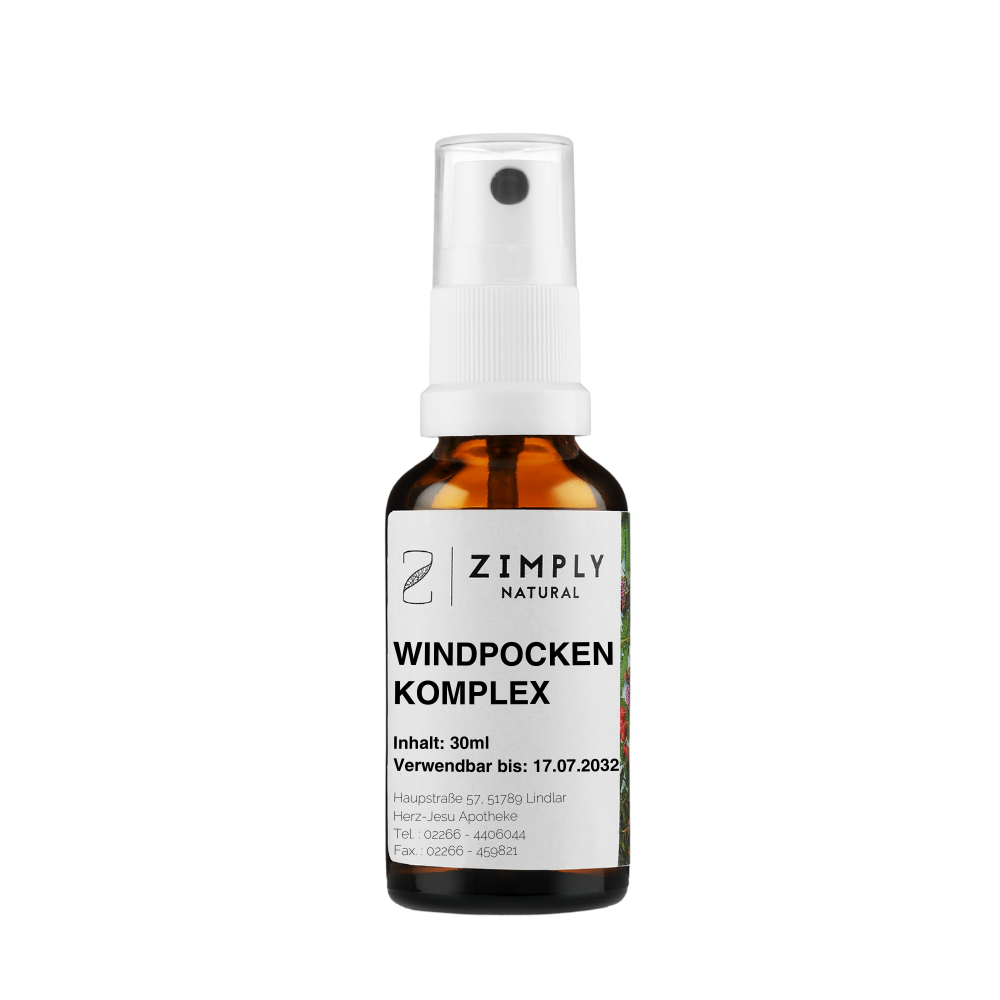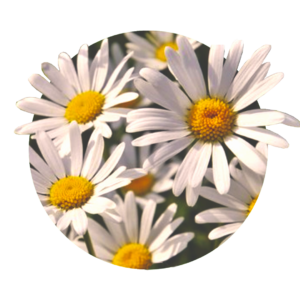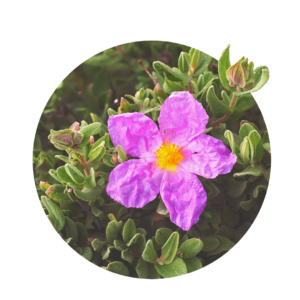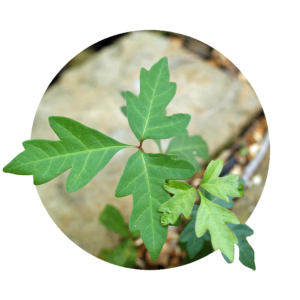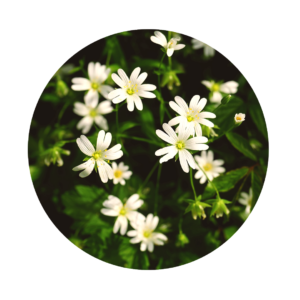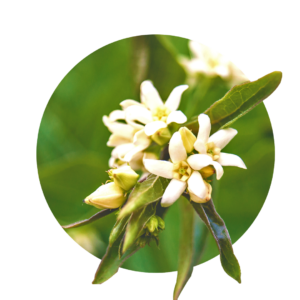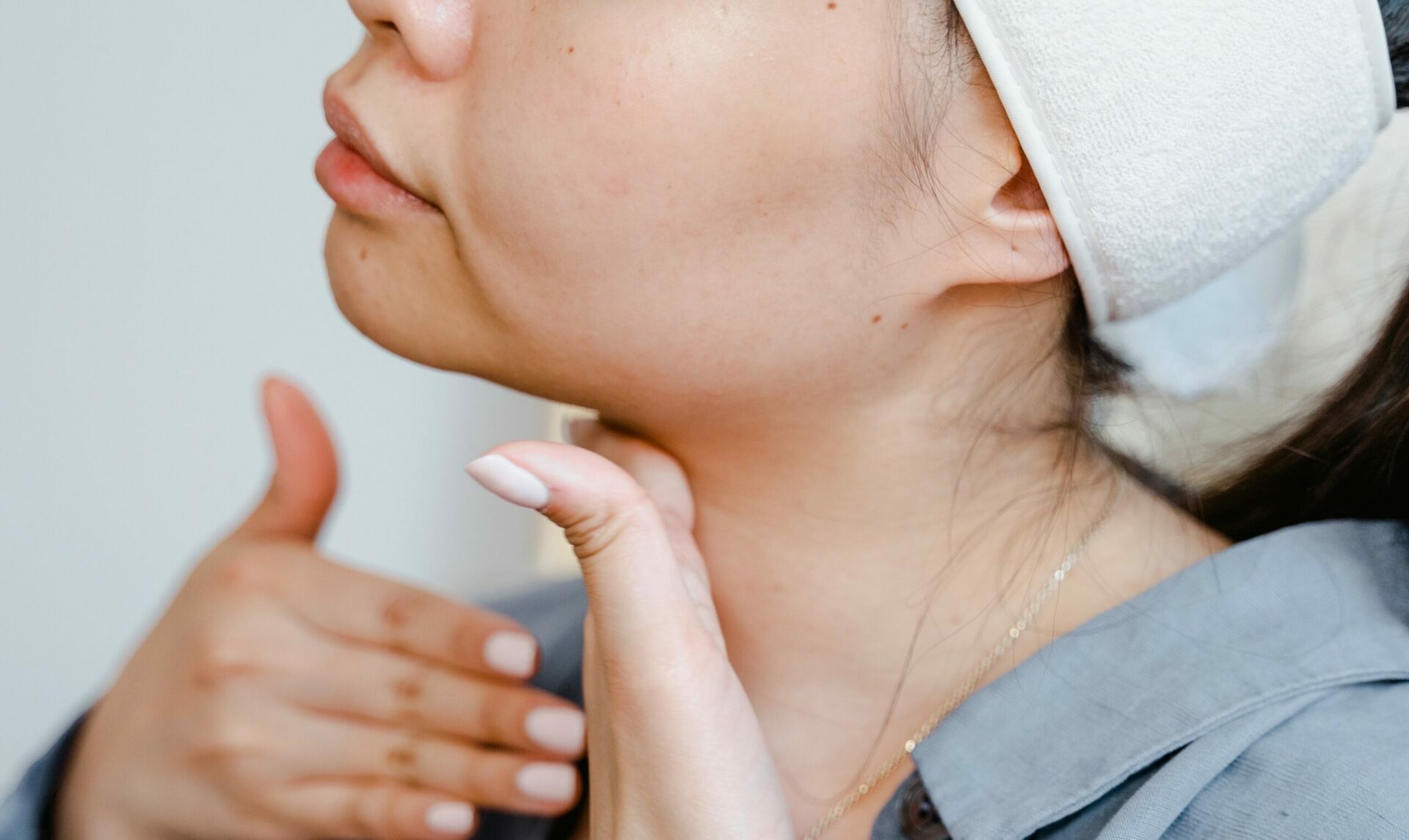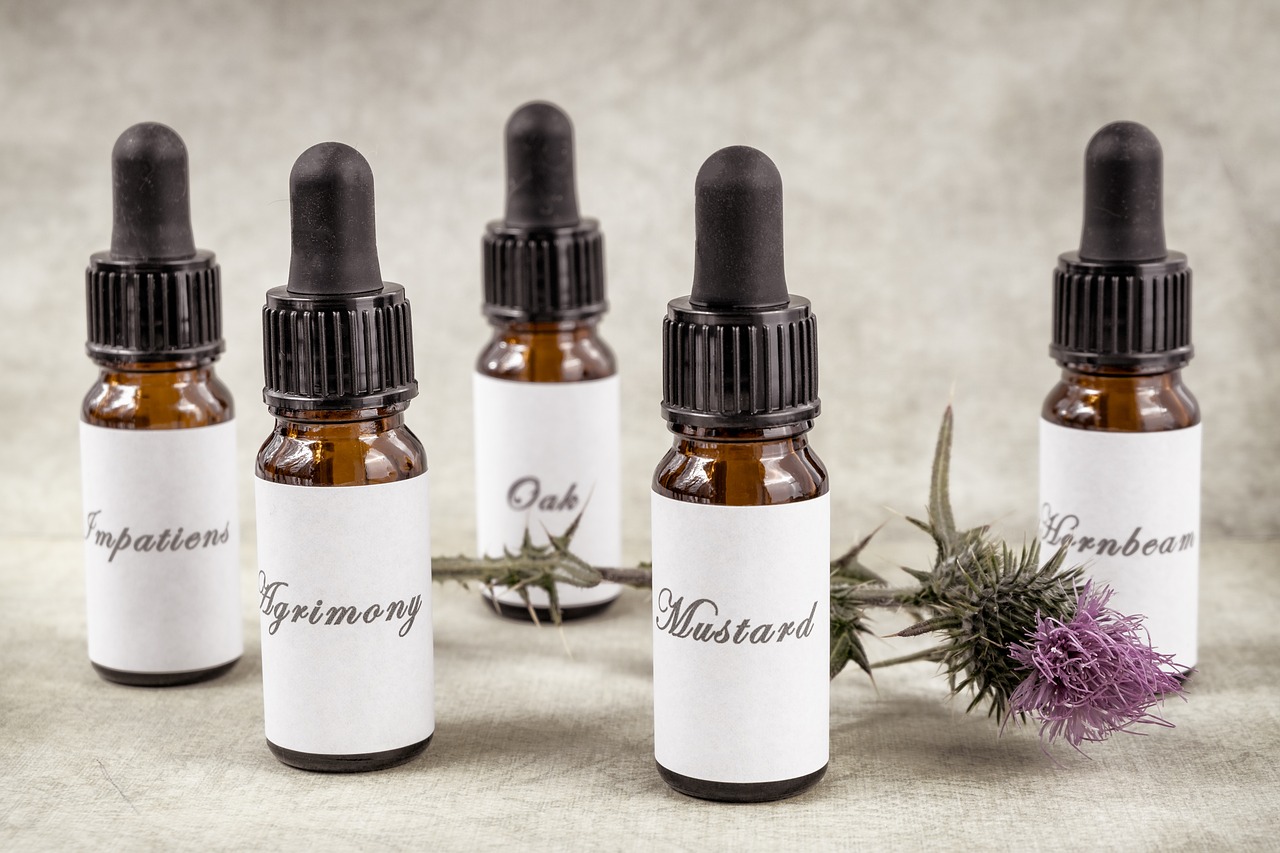Small red blisters and incredible itching - that describes chickenpox very well. Some people remember it from kindergarten, others may still have small white scars from it. There's probably one thing that everyone can agree on: it's really hard not to scratch the blisters with all that itching. Whether it's your child or you still have chickenpox yourself. We have some tips for you below on how to deal with this urge. But this is just one of many topics we'll be covering in this blog post. So stay tuned and enjoy reading!
With natural methods, such as the individual spagyric mixtures from Zimply Natural, your complaints can be relieved naturally and sustainably.
Table of contents
- What is chickenpox?
- How is chickenpox transmitted and who are the risk groups?
- These symptoms are Typical for chickenpox
- You can alleviate your chickenpox symptoms with these natural home remedies
- The complications and associated diseases of chickenpox
- How chickenpox is diagnosed
- How can you avoid scarring with chickenpox?
- These medicinal plants can help with chickenpox
- Zimply Natural - your natural support for chickenpox
- FAQ: Questions and answers about chickenpox
What is chickenpox?
Chickenpox, which you may also know as varicella, is a highly contagious viral disease. It mainly affects children, although adults can also contract varicella. The pathogen behind this disease is the varicella zoster virus. Chickenpox can be recognized by its characteristic itchy rash, which can spread over the entire body. These rashes first develop as red spots, which quickly turn into small, fluid-filled blisters and eventually crust over. Transmission is mainly airborne, for example through sneezing or coughing. Other symptoms besides the rash are fever and a general feeling of illness. There are some risk groups that should be considered, such as pregnant women, newborns or people with a weakened immune system. Below we tell you everything you need to know about chickenpox. Starting with symptoms and home remedies for relief through to complications and scarring. We'll also explain what the interesting term sheep blister is all about.
That chickenpox was already described in the 16th century by the Italian physician Giovanni Filippo? In 1694, the English physician Richard Morton identified it as a disease in its own right.
How is chickenpox transmitted and who are the risk groups?
How the varicella zoster viruses are transmitted
Chickenpox can be transmitted very quickly and is one of the most easily transmitted diseases of all, especially among children. Varicella zoster viruses are usually transmitted via the air. Even a small cough or sneeze from an infected person can propel tiny virus-laden droplets into the environment. These are then inhaled by others and the viruses can spread. Another transmission route is direct contact with the rash, as the fluid from the chickenpox blisters can get onto the hands or other surfaces. From there, the virus can easily be passed on to other people. Chickenpox is usually contagious 1 to 2 days before it appears. This means you may be sick and contagious, two facts you don't know about until it's too late. You are highly contagious until all the blisters have crusted over, which usually takes one to two weeks.
These are the risk groups for chickenpox
Newborns are at high risk if their mothers get chickenpox shortly before or after giving birth. This is because if they have not received any maternal antibodies, they have no protection against the disease. In general, chickenpox is critical during pregnancy as it can cause infections in the fetus. In the first and second trimester in particular, there is an increased risk of fetal varicella syndrome, which can lead to changes in the unborn child. Although chickenpox is known as a childhood disease, adults can also contract it. When this occurs, the symptoms are usually more severe than in children; the risk of complications also increases. People with a weakened immune system form another risk group. These include people with HIV/AIDS or cancer patients who are receiving chemotherapy or radiotherapy. In addition, people with chronic skin or lung diseases such as COPD or Asthma also have a higher risk of complications from chickenpox. In addition to the typical symptoms, they can also develop pneumonia or severe skin infections.

These symptoms are typical of chickenpox
Chickenpox presents with some typical symptoms, which makes it easy to recognize. The most common characteristic effect is the itchy rash, which can be divided into three phases. First, red spots form on the skin, which quickly turn into small, fluid-filled blisters. These blisters then burst and form small, open sores that gradually crust over and heal. Other symptoms include moderate fever, tiredness, loss of appetite and general malaise. These symptoms usually appear before the rash, one to two days. This can simplify the diagnosis and the rash can be treated preventively. Naturopathy is not only about alleviating the symptoms, but also about supporting the body in its fight against the disease. There are some natural home remedies that can strengthen your immune system and others that can soothe the rash.
That the time between infection and the outbreak of the disease, i.e. the incubation period, is typically 10 to 21 days?
You can alleviate your chickenpox symptoms with these natural home remedies
The rash is usually the most annoying and painful symptom of chickenpox. Here you can try a relaxing bath with colloidal oatmeal, as oats have anti-inflammatory and soothing properties. Put a cup of colloidal oatmeal in a bathtub with lukewarm water and bathe yourself or your child in it for about 15-20 minutes. To soothe itching in certain areas, you can prepare cold compresses with chamomile tea. Soak freshly washed towels in cold chamomile tea and place them on the affected area of skin. Another tip you can try is to use a mixture of lavender oil and coconut oil. This combination can be beneficial as lavender has antiseptic and anti-inflammatory properties and coconut oil moisturizes the skin. Finally, you can also try honey, especially manuka honey, as it is known for its antibacterial properties. Simply apply it to crusted chickenpox to prevent infection and speed up the healing process.
The complications and associated diseases of chickenpox
Complications of chickenpox
Chickenpox is usually a mild disease, but in some cases it can lead to serious complications. These occur most frequently in at-risk groups such as infants, adults and people with weakened immune systems. Possible consequences include secondary skin infections, which can occur when blisters are scratched open. Bacteria can enter through the open wounds and lead to inflammation. In rare cases, pneumonia or even encephalitis can occur. However, the latter is really rare. Reye's syndrome is a rare but serious condition that can affect the brain and liver. It mainly occurs in people under the age of 18 who have taken aspirin. Therefore, children should not be given aspirin during a chickenpox infection.
Associated diseases of chickenpox
The most common and best-known disease associated with chickenpox is Shingles. This can only occur if chickenpox has been present in the past. Shingles reactivates the varicella zoster viruses, which were previously inactive in the body. Shingles often causes painful skin rashes and can lead to long-lasting pain, known as post-herpetic neuralgia. It usually occurs in older adults and shows what a big impact the varicella-zoster virus can have on a person's whole life.

The application of your Chickenpox sprays is, by the way, very simple: The spray is simply sprayed into the mouth according to the dosage instructions given on the vial. In order to achieve the best possible effect and to be able to optimally counteract the causes, we recommend use over a longer period of six to eight weeks. As a kind of cure, you spray 3×3 sprays daily.
How chickenpox is diagnosed
The diagnosis of chickenpox is usually relatively simple and is mainly based on the characteristic symptoms and the typical rash. The rash usually begins with red spots, which then quickly develop into itchy blisters and eventually crust over. These phases of the rash are often so clear that an experienced doctor can make a diagnosis simply by examining the skin. In unclear cases or in risk groups, a laboratory test is sometimes carried out. Samples are taken from the blisters and tested for the varicella zoster virus. This allows the virus to be identified quickly and accurately, which is essential for targeted treatment and the containment of contagiousness. An appropriate diagnosis is very important for targeted treatment and thus optimizes the management of the disease. Medical care is essential, especially for pregnant and breastfeeding women, as this is the only way to prevent serious complications.
How can you avoid scarring with chickenpox?
There are a few tips and tricks to avoid the formation of scars from chickenpox, which we would now like to introduce to you. The first tip, which is obvious, will probably make you think: it's obvious, but we'll say it anyway. Don't scratch! Because if you or your child scratch the blisters, this can lead to skin damage and an increased risk of infection. The first thing to do when itching occurs should be to relieve it. To do this, simply scroll back up to the "You can alleviate your chickenpox symptoms with these natural home remedies". It is also important that you avoid substances that may irritate your skin. This includes perfumed soaps and hand creams. Instead, use fragrance-free soaps and moisturizers to keep your skin clean and hydrated. Also, try to keep your nails short and trimmed to avoid skin damage.
That the virus leaves a lifelong immunity against further chickenpox infections after infection? However, the virus can remain inactive in the body and reappear later in life as shingles.
These medicinal plants can alleviate your chickenpox symptoms
Chickenpox is usually accompanied by a rash that is very itchy. The area is scratched open, breaking through the skin barrier and opening the door to secondary infections. Because Cardiospermum is anti-inflammatory and therefore relieves itching, you no longer scratch at the wound and it can close and heal. The skin barrier is restored and the risk of secondary infection is averted.
Chamomilla is helpful for skin wounds in three ways. It soothes the irritated area, acts against potential infections and promotes wound healing of the skin. The mucilage it contains is particularly helpful here. They soothe irritation and stimulate tissue regeneration.
Already since ancient times the Cistus a good reputation as a medicinal plant for skin diseases. Especially the resin of the plant, called labdanum, has therefore secured a firm place in the cosmetics industry. Laboratory tests have shown that this resin successfully fights fungi and bacteria and thus supports the healing of the skin. At the same time, preparations with labdanum relieve the itching of skin inflammation and promote tissue regeneration.
There is a whole range of skin diseases that are associated with blistering and pain. For example, infections with herpes viruses as part of a herpes simplex infection or shingles. Rhus toxicodendron inhibits the inflammation here and calms the irritated nerves, so that the pain is reduced. In addition, this reduces the rash with the strong itching, which makes it much more pleasant for the affected person.
The Chickweed contains a number of substances that have an anti-inflammatory effect. This is used for skin problems. Chickweed is often found as a component of herbal wound healing ointments, but can also be used directly with fresh plant compresses. The inflammation recedes from the affected area and the skin can regenerate and heal.
Herpes diseases are caused by different herpes viruses and therefore also cause different herpes manifestations. Herpes can therefore appear as cold sores, chickenpox, shingles or similar. All herpes viruses have the property of lingering in the body and emerging when the immune system is weak. The Swallowwort helps to reduce the amount of herpes viruses and thus relieves the body and its immune system.
Zimply Natural - your natural support for chickenpox
With Zimply Natural, we are the antidote to painkillers, sleeping pills, and standard medications. We are your medicine! For our mixtures we use the centuries-old natural healing method of spagyric back. The Spagyric combines the herbal active ingredients and phytotherapeutic elements of the HealingplantsThe mineral salt qualities, as well as the subtle information of the medicinal plants and the energetic potential of the Bach flowers.
With natural methods, such as the individual spagyric mixtures from Zimply Natural, your complaints can be relieved naturally and sustainably.
FAQ: Questions and answers about chickenpox
Anyone who has had chickenpox can get shingles?
Yes, that is true. People who have had chickenpox in their lives can later develop Shingles develop. Until the outbreak of shingles, the inactive varicella zoster viruses lie dormant in nerve cells in the body and remain inconspicuous. It can take years or decades before an outbreak occurs, until the immune system is weakened by stress, illness or age. Shingles appears as a painful skin rash, characterized by blisters that usually appear on one side. In addition to the rash, there may be effects such as pain, burning, numbness or tingling in the affected skin region. In some people, shingles leads to long-term pain, which is known as post-herpetic neuralgia.
Is chickenpox the same as sheep blisters?
Yes, chickenpox is the same as sheep's blisters or varicella. Both are different names for the same disease, which is caused by the varicella zoster virus. The term "sheep's blisters" is an old euphemism and is no longer used as often today. Chickenpox is particularly common among children, but adults can also get it, especially if they are unvaccinated. However, chicken pox should not be confused with smallpox. This is smallpox, which was a common cause of death in earlier times. However, they were eradicated by smallpox vaccination in 1980.

How to stop small children from scratching the blisters?
In the case of small children, natural methods are usually preferred to relieve itching. To avoid skin irritation, it is advisable to wear gloves with small children or babies. This can be particularly helpful at night. Simply put gloves over your baby's hands; you can also use socks for this. As with adults, regular nail care is very important. So try to keep nails short and clean. Another tip is to wear suitable clothing. Loose, light and soft clothing made from natural fabrics such as cotton is suitable for this. These should not irritate the skin or prevent air circulation.



